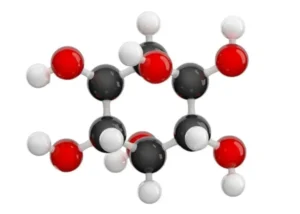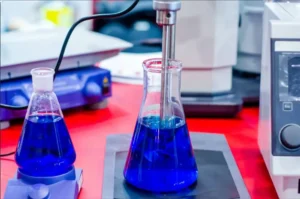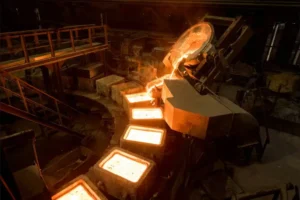Induction furnaces play a pivotal role in modern automotive manufacturing, with applications spanning from core engine components to body structures. Thanks to their efficiency, precision, and controllability, induction technologies are indispensable in processes like induction hardening, brazing, and bonding, significantly enhancing the performance, durability, and production efficiency of automotive parts.
Induction Hardening: Key to Enhancing Component Durability
Induction hardening is a surface hardening treatment that involves electromagnetic induction heating followed by rapid cooling. In automotive manufacturing, it’s widely applied to components requiring high hardness and wear resistance to extend their lifespan and ensure driving safety.
- Engine Components:
- Crankshafts and Camshafts: These parts endure immense torque and friction. Induction hardening significantly increases the hardness of their journals and cam surfaces, enhancing wear resistance and fatigue strength to ensure long-term stable engine operation.
- Valve Lifters: Induction hardening allows their surfaces to achieve high hardness, effectively resisting wear caused by valve movement and ensuring precise control of the valve system.
- Gears: Gears in engines and transmissions, when induction hardened, can greatly improve tooth surface hardness, reduce wear, lower noise, and enhance transmission efficiency.
- Drivetrain Systems:
- Drive Shafts and Axle Shafts: These components experience complex bending and torsional stresses during vehicle operation. Induction hardening strengthens their critical areas, improving their fatigue resistance and preventing breakage.
- Universal Joints: Induction hardening can increase the hardness of universal joint bearing surfaces, allowing them to withstand high loads and frequent rotations, ensuring smooth power transmission.
- Other Applications: Critical safety components like wheel bearings and steering knuckles also frequently undergo induction hardening to meet stringent performance requirements.
Induction Brazing: Efficient and Precise Joining Technology
Induction brazing is a process that uses induction heating to melt a filler metal, which then flows into the joint gap, connecting two components. It’s highly favored in automotive manufacturing due to its speed, cleanliness, and ease of automation.
- Engine Components:
- Radiators and Heat Exchangers: Induction brazing is the preferred method for connecting radiator tubes and fins, forming strong, airtight joints that ensure efficient heat dissipation.
- Fuel and Brake Lines: Precise induction brazing guarantees the sealing and pressure resistance of these critical fluid line connections, preventing leaks.
- Body Structures:
- Tubular Structure Connections: In lightweight body designs, induction brazing is often used to connect various tubular structures, such as seat frames and exhaust system components, creating strong and aesthetically pleasing joints.
- Dissimilar Material Joining: Induction brazing can join different metals like steel, copper, and aluminum, offering greater flexibility in automotive design.
- Electric Motors and Battery Packs: In electric vehicles, induction brazing is crucial for connecting motor windings and battery tabs, providing low-resistance, high-reliability electrical connections.
Induction Bonding: Innovative Application for Enhanced Body Rigidity and Safety
Induction bonding is a relatively newer application that uses induction heating to cure structural adhesives or thermoplastic materials, creating strong bonds between components. This technology shows immense potential for automotive lightweighting and safety.
- Body Structures:
- Body Panel Bonding: Induction bonding can securely connect body panels to other structural components, replacing or supplementing traditional welding. This reduces weld spots, lessens weight, and increases overall body rigidity.
- Dissimilar Material Joining: It can effectively join different materials like steel, aluminum, and composite materials, which is crucial for hybrid material body structure designs, helping to absorb collision energy and enhance safety.
- Other Applications: Induction bonding can also be used to secure interior components, sound insulation materials, and more, improving the vehicle’s NVH (Noise, Vibration, Harshness) performance.
In conclusion, induction furnace technology, with its excellent performance in induction hardening, brazing, and bonding, has become an indispensable part of modern automotive manufacturing. It not only significantly enhances the performance, reliability, and safety of automotive components but also plays a key role in promoting automotive lightweighting, improving production efficiency, and reducing costs. As the automotive industry moves towards electrification and intelligence, induction technology will undoubtedly play an even more vital role in future automotive manufacturing.







